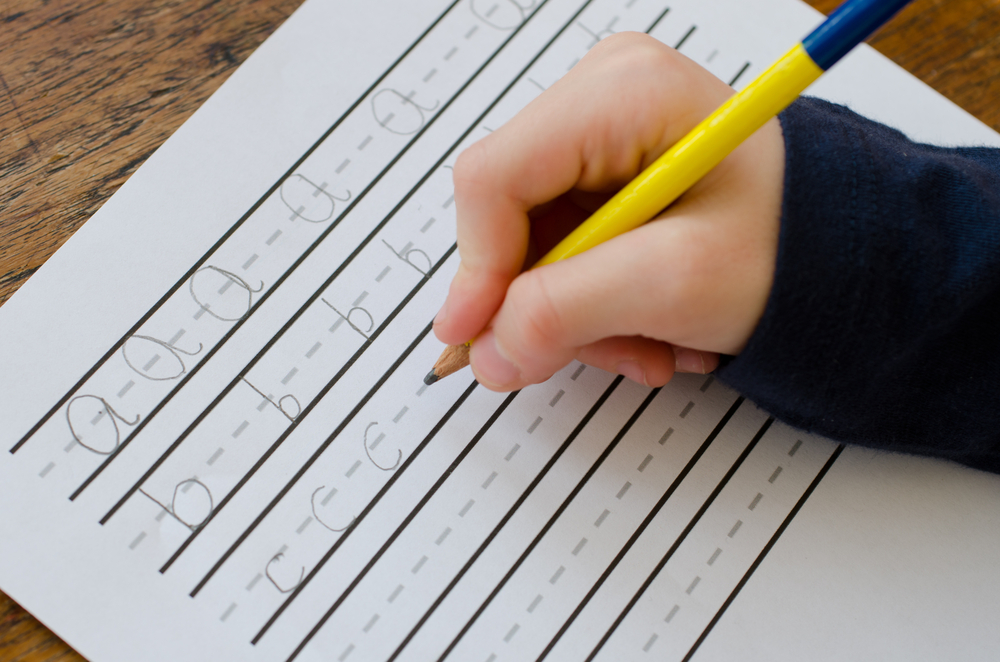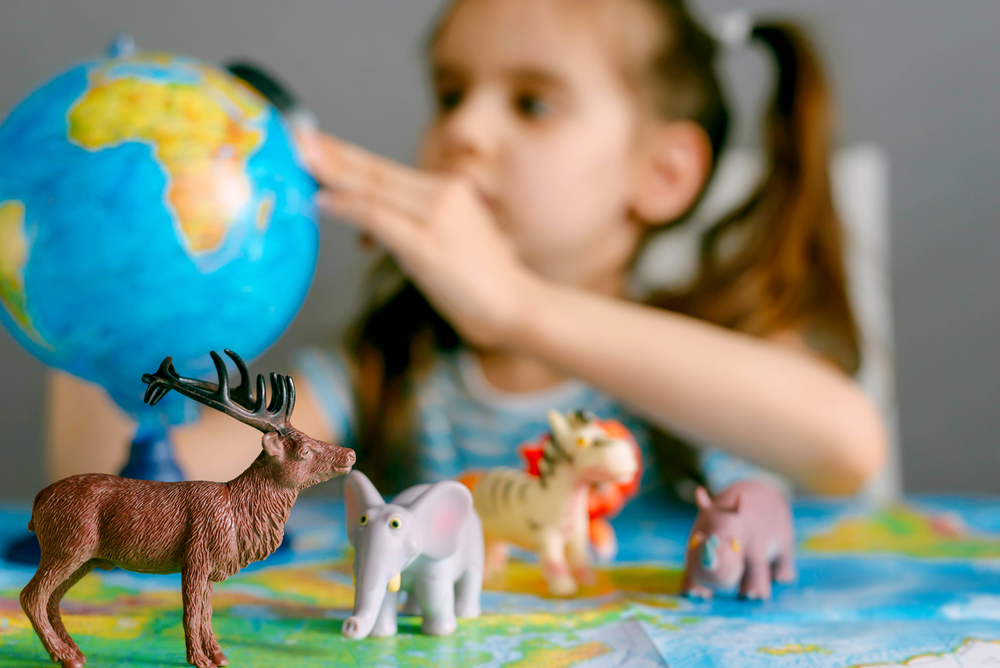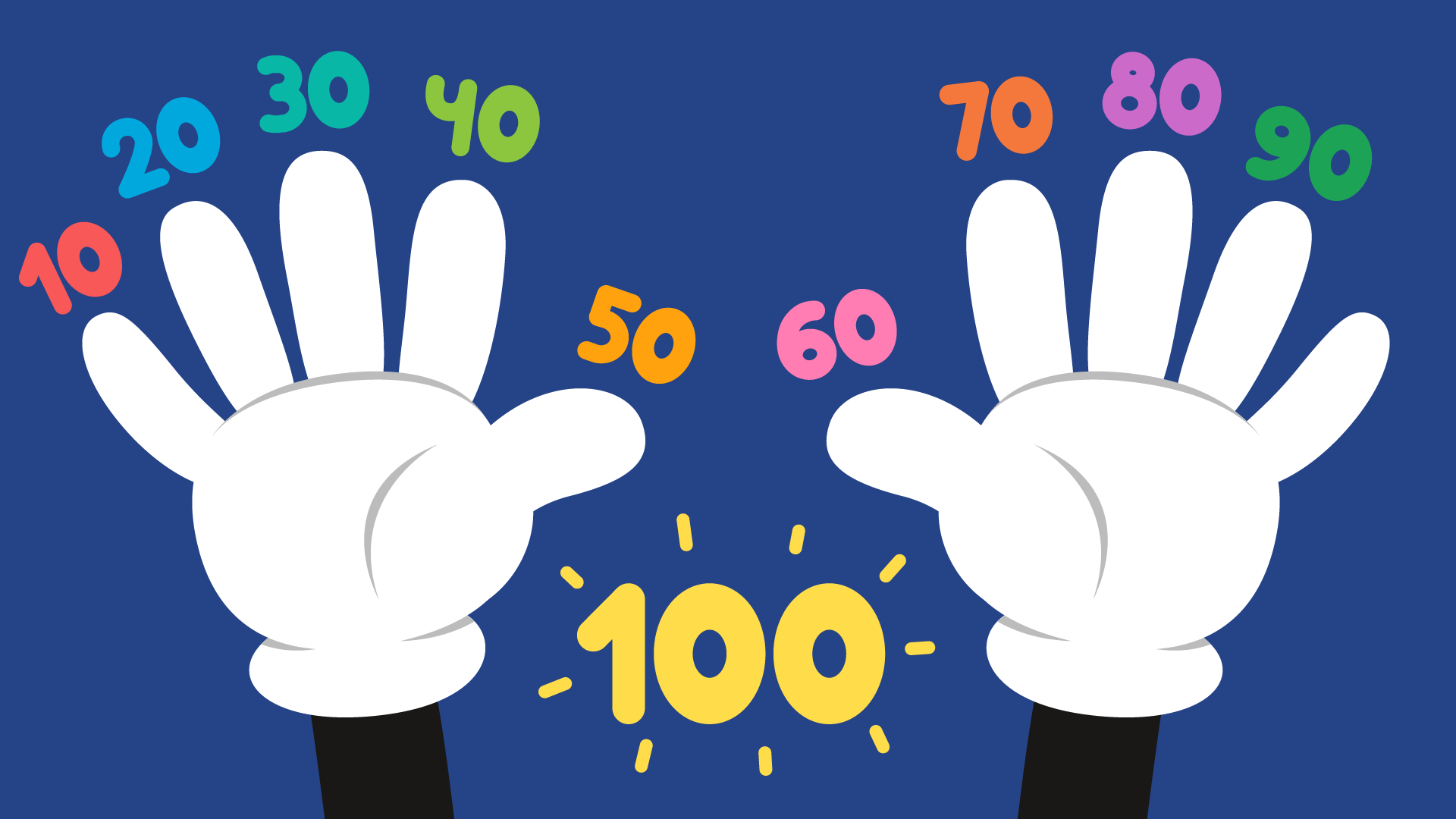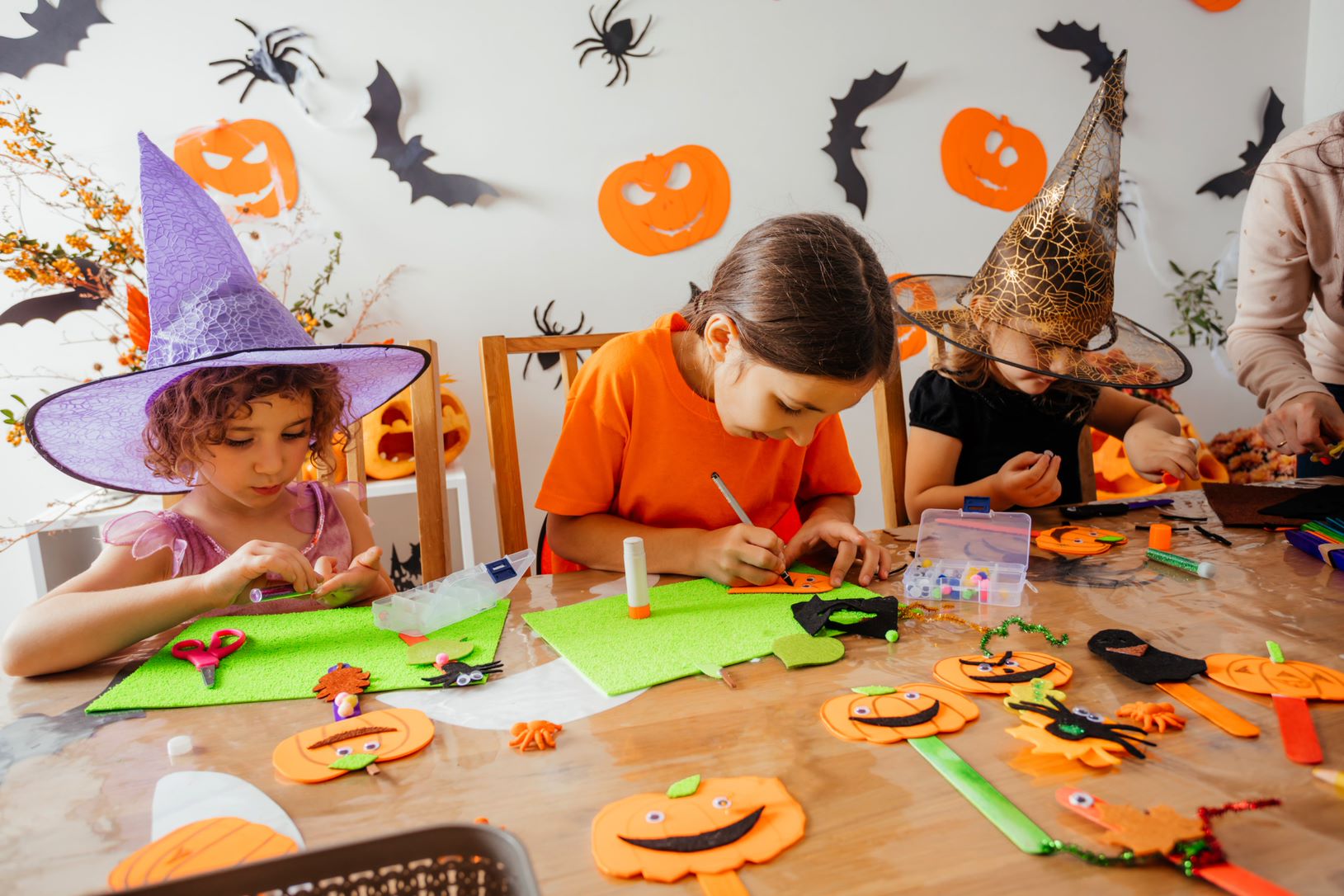Kindergarten. Physical Science: Energy, Force, and Motion
June 8, 2022
Kids, especially those in the kindergarten level are naturally active. If you sometimes find yourself worrying or being bothered by your child’s hyperactivity, you can rest assured that it is all normal. Preschoolers and kindergartners are naturally active.
Increased restlessness, more often than not, is a manifestation of their surging stamina. Apart from their overflowing energy, children in this age group also have a shorter attention span compared to older kids. This means that they easily hop on from one activity to another and this can be due to different factors such as boredom and various distractions.
Your child’s hyperactivity at this age also presents a perfect opportunity to introduce the core concepts of Physical Science - forces and motion. What’s nice about this lesson is that you, as a parent and as your child’s primary educator, can easily discuss the lessons and do some demonstrations in a playful manner. You and your child can easily do this in a public playground or simply in your background with all of your child’s favorite playthings.
Values integration: Appreciating the importance of eating healthy foods and having enough hours of sleep.
What is Energy?
Energy is the ability to do something - in your child’s case, it’s his/her capacity to play over a certain period of time. At the start of this discussion, you can ask him/her if he/she wants to play or just go to bed and take a nap. If the answer is play, make him/her understand that his/her urge to play is due to the fact that he/she has enough energy to do so.
With your supervision, let your child jump, run, or crawl. Once he/she is done, explain that energy is the main reason why he/she was able to do such activities. It is also important to establish the fact that energy within us does not just come out of nothing. People are able to acquire energy through the foods that we eat and the amount of sleep that we get. For kids to have enough energy for the day, eating healthy foods such as meat, fruits, and vegetables as well as having 9-11 hours of sleep everyday should be strictly observed. Various objects acquire energy from different sources. This worksheet on Energy Sources will give your child a glimpse on how energy sources vary.
Types of Energy: Potential vs Kinetic
Energy comes in various forms which include light, heat, mechanical, gravitational, sound, chemical, electrical, and even nuclear. However, Kindergarten Physical Science is more of like an introduction to the said discipline. Therefore, it is best to focus first on the two main categories of energy - potential and kinetic.
The shortest descriptions for potential energy and kinetic energy are stored energy and energy in motion respectively. A simple yet effective way to demonstrate potential and kinetic energy is by letting your child hold his/her toy a few feet from the ground. Emphasize that the toy already possesses potential energy which is relevant to its elevation from the ground. Letting go of the toy will result in a free fall which is a form of kinetic energy. Depending on the type and manner of energy applied, objects can move in various directions. Going Up or Down worksheet will test your child’s ability to determine sensible paths of different objects. On the other hand, Down it Goes worksheet is a fun way to introduce gravity as potential energy.
Force and Motion
Force and motion are all relevant concepts of energy. In simple words, force is the manner an energy is transferred from one object to another. It is also recognized as the push and pull of an object. Force is present in everything we do. That said, force can be demonstrated by letting your child kick a ball. How far and how fast the ball travels directly depends on the amount of force exerted. To further refine your child’s understanding of the definition of force, Force and Interactions Review 1 and Review 2 offer more examples of the concept.
You can also let your child lift his/her box of toys. In this case, the amount of force to be exerted in order to relatively lift the box depends on how heavy the box is. Furthermore, point out to your child that force is exerted in all the things we do everyday such as riding a bicycle, running, jumping, doing the laundry, washing the dishes, sweeping the floor, and many others.
On the other hand, motion is the state of an object when it moves from one place to another due to the force exerted on it. In other words, motion is the product of force. A rolling ball, wind swept wind chimes, and a pushed swing are all examples of objects in motion. It is also important to note that force can also be used to stop an object in motion. To demonstrate such a concept, let your child stand on one corner and let him/her stop the ball that will be kicked in his/her direction. To further flourish your child’s understanding about force and motion, let him/her work on these fun and engaging workbooks: Force and Interactions Assessment 1 and Assessment 2.
If you are looking for the fun and engaging math worksheets and learning games, then the Talented and Gifted app is for you!


















